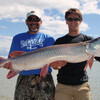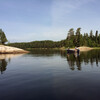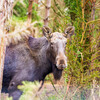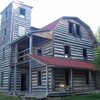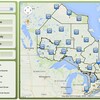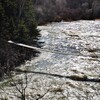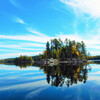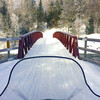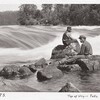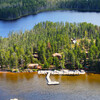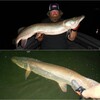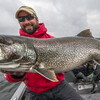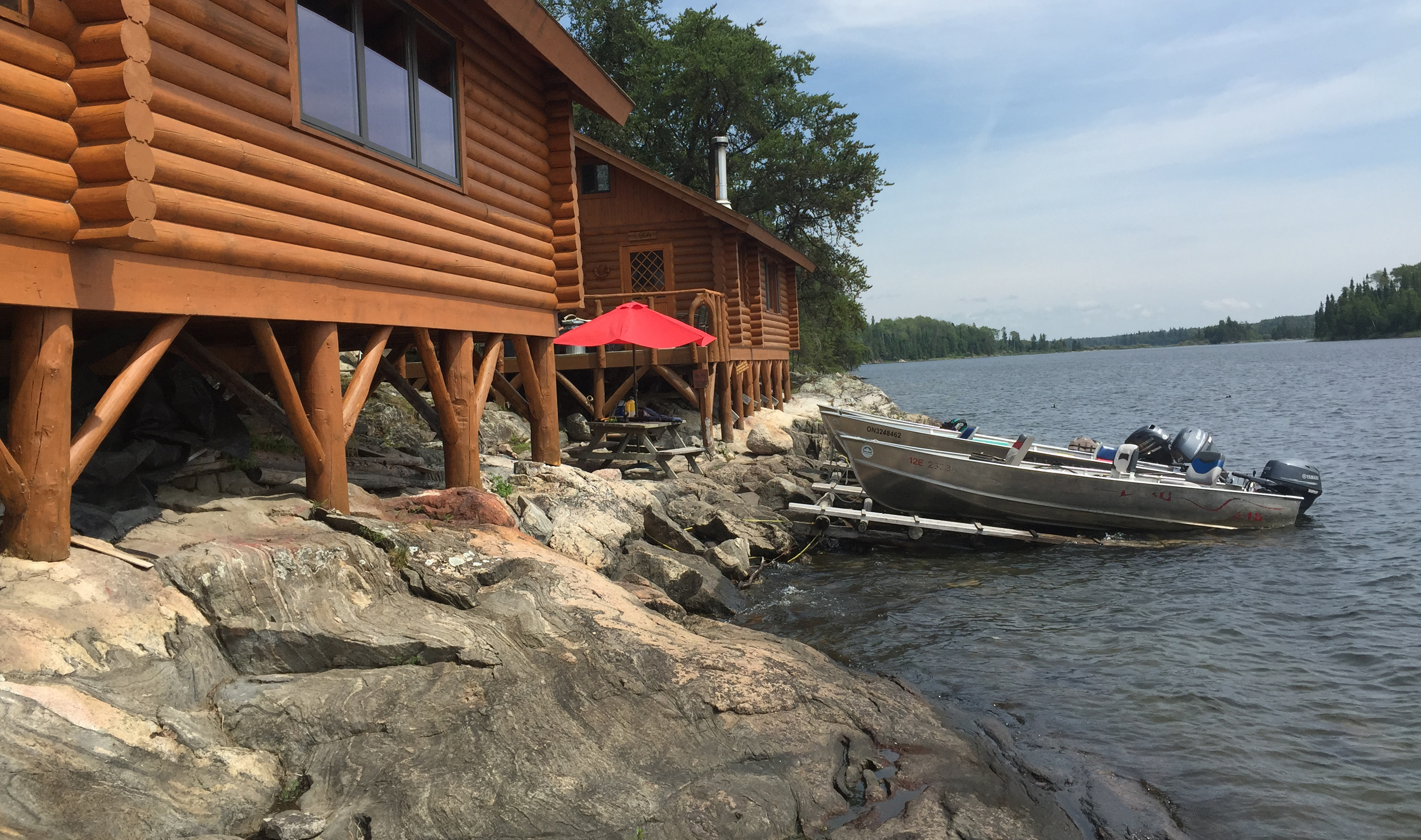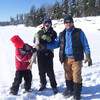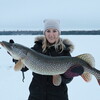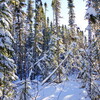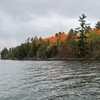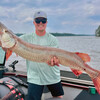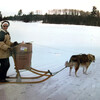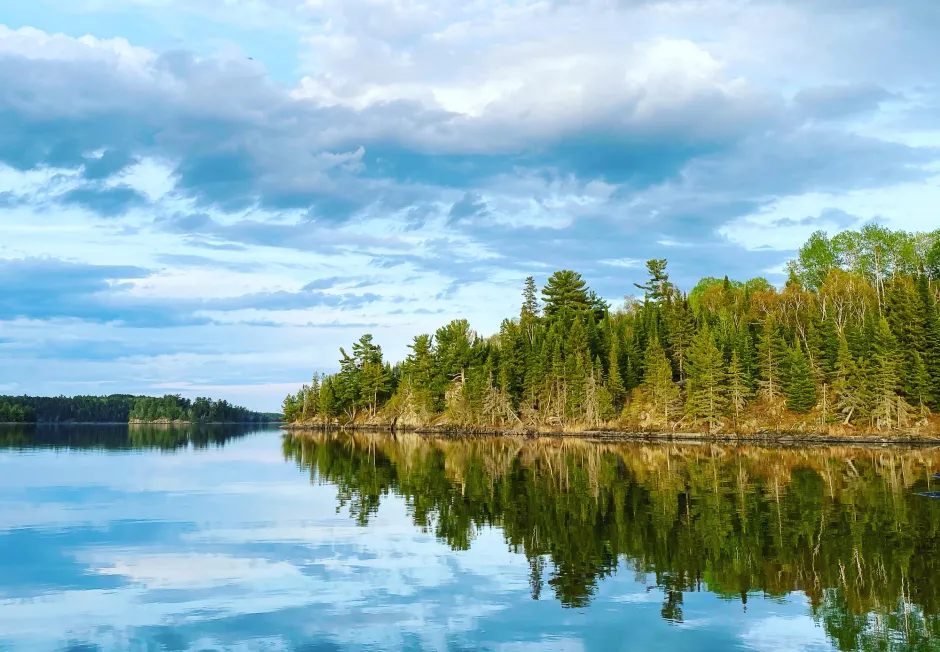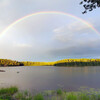
Cooling Off in the Remote Canadian Wilderness
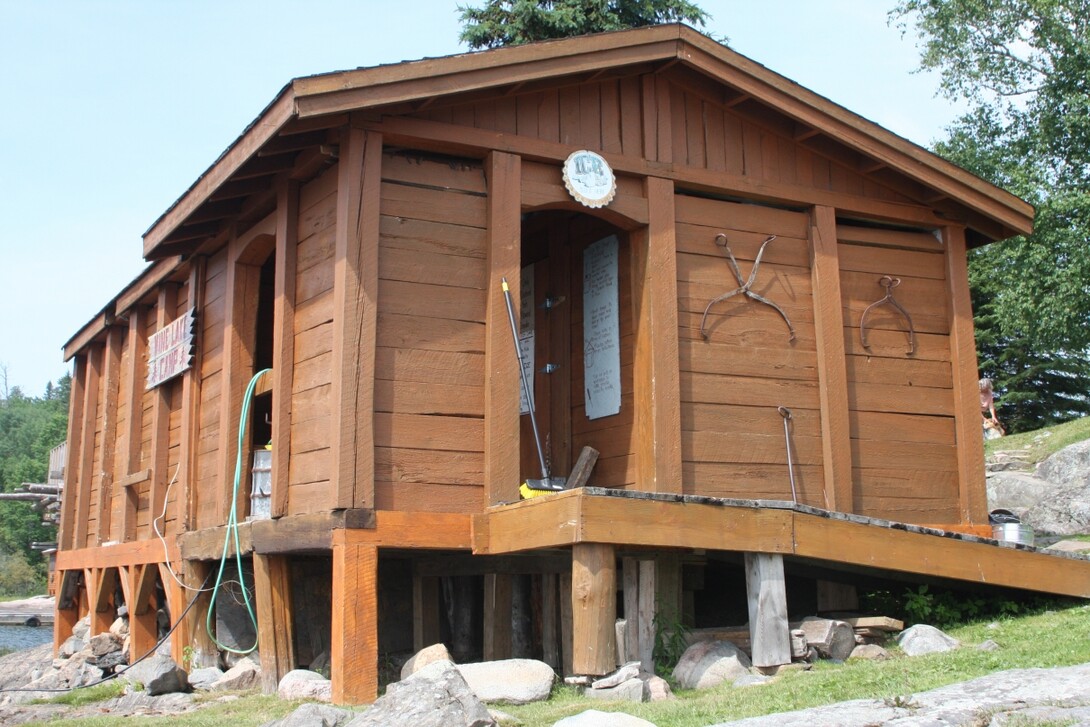
There's something to be said about tradition. It's the desire to do something not for the sake of convenience or conformity, but instead to acknowledge the memories of old so that future generations can appreciate the footings from which they came. Tradition not only teaches us about the history of our ancestors but also allows us to embody the same work ethic within ourselves that has been formed through hard work and stick-to-itiveness by a generation who adapted these qualities in order to survive. In a post-modern era, where technology has allowed us to do so many things by way of electricity and natural gases, many traditions have since become outdated for no reason other than that we've found easier ways to accomplish tasks with comparably little effort.
There is one place, however, that has embraced many age-old traditions so that they can carry on the ways of the past through hard work and co-operation. Wine Lake Camp in Perrault Falls, Ontario, is place where tradition is of utmost importance and, once you're there, you'll soon see a way of living unlike any other. One of the many ways and perhaps the most remarkable thing about how the camp maintains tradition is held within a little shack, located on the foot of the peninsula, next to the main building. This insulated cabin is a truly remarkable example of human ingenuity and is still being used to this day to hold one of the most multi-faceted and highly revered northern commodities.
Blocks of Ice
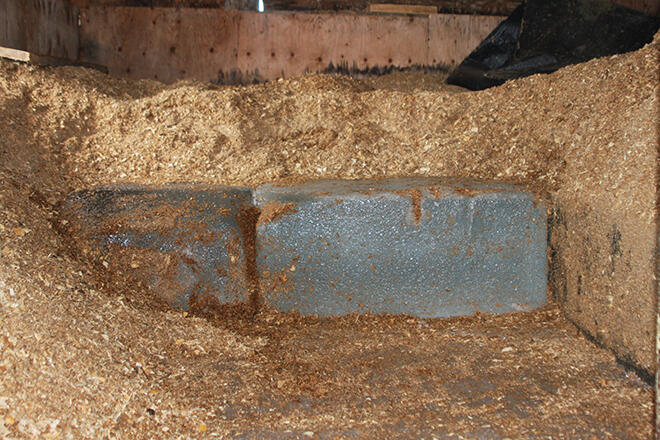
Storing ice is a time-honoured convention which was adopted several generations ago by northerners as a means to preserve food during the short yet scorching summer months. People would cut enormous blocks of ice out of the lake and keep them in little insulated shacks known as icehouses. Back before modern refrigeration was invented the only way to keep food for a long period of time without it spoiling was to smoke it until all the moisture was drawn out. Storing ice acted as an alternative method to keeping food products fresh year-round. Ice houses aren't very common these days as it requires a lot of effort in order to maintain the quality of the ice over such a long duration. For the folks at Wine Lake Camp, however, the work and effort is all part of the enjoyment of owning a lodge. It's quite an amazing feat in order to obtain the ice for stock piling and, while I have yet to experienced this process first hand, the camp owners, Herb Pugmire & Ann Sherman, were more than happy to share their story on how they've managed to keep this unique practice alive year after year.
The process begins around mid-December to early January when the ice has had a chance to set in for the season. The ideal depth of the ice is around 3 to 4 feet. This is so that the ice will be able to withstand hot summer temperatures with some days reaching about 30 degrees celsius. Also, the thickness of the ice is key because it allows the harvesters to go further out onto the ice without having to worry about its structural integrity. Of course safety is a high priority when taking on a project of this magnitude; as such everyone is required to exercise caution when gathering as well as to look-out for fellow ice-ers. They begin by clearing out a large section of ice in front of the icehouse and work their way outwards several yards. It takes multiple people several hours just to prepare the surface, ensuring that it is clear of snow. Depending on the average temperature that year, there might still be a couple of inches of snow embedded into the top layer of the ice; though it is common and doesn't pose any problem to the operation.
The next step in harvesting ice for the long year ahead is to build a wooden ramp that will lead to a small door where to the blocks enter. As you might be able to tell already harvesting ice is a very lengthy and physically demanding process. I believe this speaks volumes to the ethical integrity of the camp's owners, Ann and Herb, in that there commitment to preserving this virtually extinct craft is not hindered in any way by the amount of work that it requires. Instead, it only strengthens their sense of connectivity to those who came before them and gives them a deeper appreciation for how much our ancestors needed to do in order to survive.
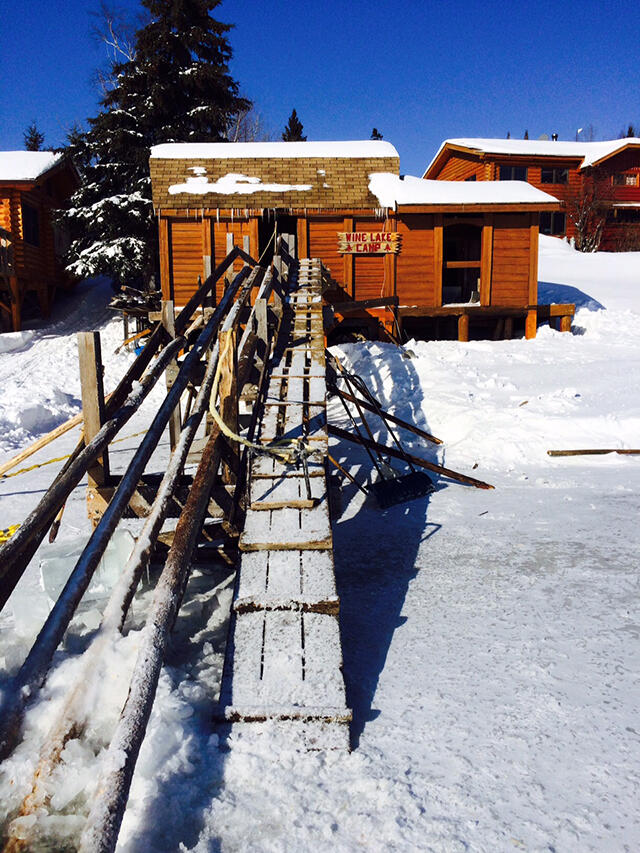
Since the door to the icehouse is directly located several feet above the shore line, there isn't a way to have a ramp pre-built year-round for easy access. That being said, each year at Wine Lake Camp, Herb, Ann and the staff work together to build a custom ramp using logs and nails; the exact same way that the ancestors did in the not-so-distant past. The ramp needs to be built with structure in mind as it is required to support tens of thousands of pounds of payload over the course of several days. They begin by placing four logs running length wise from the edge of the lake towards the entrance of the icehouse. They support each log with vertically running beams so that the structure is solid. They finish it off by affixing a rope with a metal hook to the outside wall of the icehouse that will act as a pulley system to drag each block up the ramp.
They then need to cut a channel starting from where the lake meets the ramp and travelling all the way back to the end of the cleared out area. This is the lifeblood of the entire process as it acts as a natural conveyer belt to portage the blocks; making them much easier to maneuver. The physical properties of ice and how it has the uncanny ability to float on top of it's liquid form is an integral part of the ice harvesting process and an excellent demonstration of the ability of our ancestors to effectively think outside the box in a time when technological advancement was limited at best. The fact that Wine Lake still harvests ice in the same fashion of how it was first done just goes to show how important the lessons of our ancestors can be to future generations.
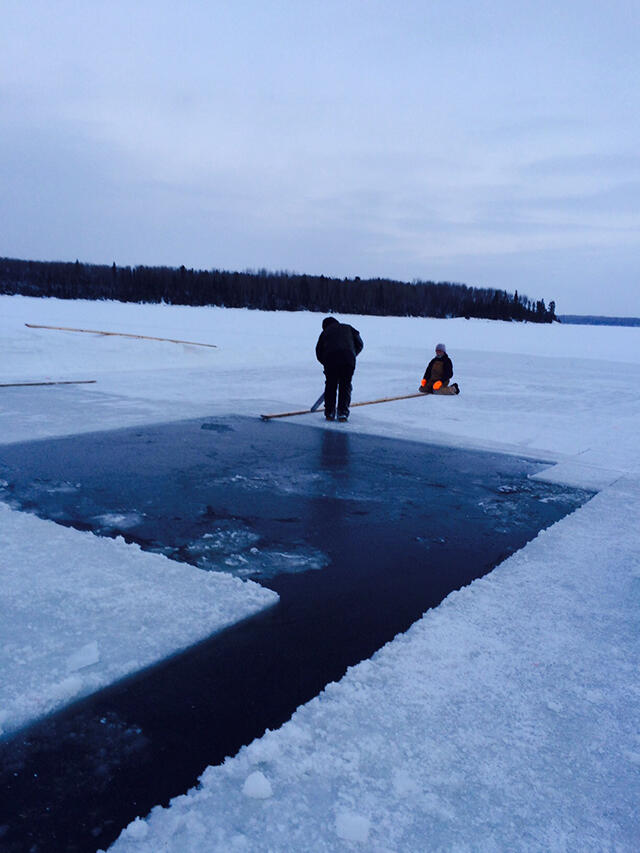
In order to effectively harvest the maximum amount of ice, they cut the each block methodically so that they are not barred from shore by large gaps in the water. They begin by cutting from the section furthest away from the ice house, precisely measuring two foot by two foot blocks using a large ruler and a chainsaw next to the channel and working their way in a inward. This process allows them to simply push the block into the channel immediately upon being cut and doesn't stop the flow of extraction. Each block weighs 500 pounds each and are individually hauled rank & file through the channel and onto the ramp. From there they place a hook onto one end of the block and haul it up the ramp using a pulley system powered via snow machine. Every year Wine Lake Camp cuts sixty-eight tonnes of ice out of the lake. That equates to the icehouse being packed with roughly 272 blocks; which will last until the end of the following summer.
The final step in the process is to place each block into the icehouse. Once the blocks have finished their journey through the channel and up the ramp, they are dropped on the floor of the storage room within the icehouse where a member of the Wine Lake team is ready to collect them for stocking. From there the blocks are picked up using massive iron tongs and arranged in a grid-like pattern against the far wall; eventually being piled all the way to the top of the ceiling and to the edge of the door. They are then covered in copious amounts of sawdust which will insulate them from the heat and preserve their integrity over the summer months.
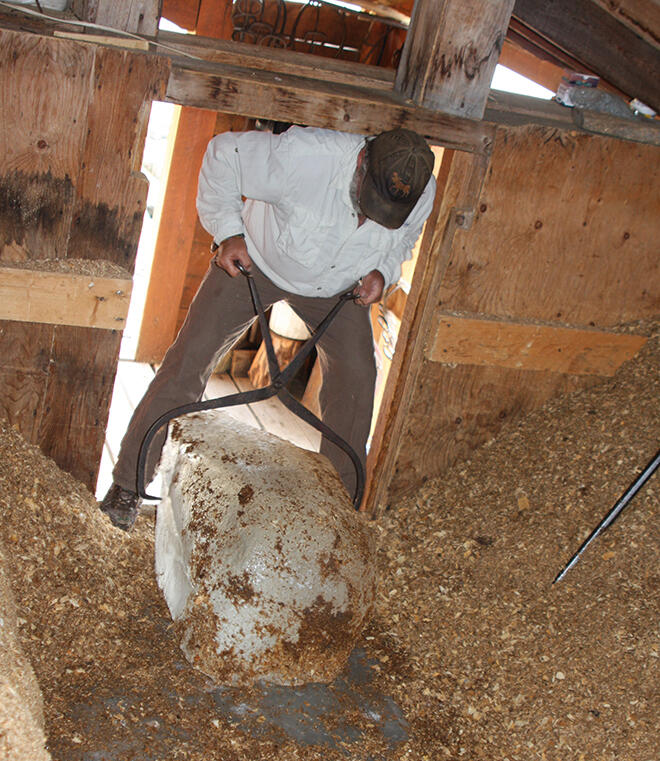
When the time comes to extract the blocks from storage, the operation is essentially carried out in reverse. There is a small door located within the icehouse that opens in order to access the stock pile. Two people are required for the withdrawal. One person collects the ice with the aforementioned iron tongs and drags it out in the foyer where another member will then clean the ice using lake water. Sometimes a large crowbar is required to lever out the ice due to the precipitation melting and re-freezing in between each block. The blocks are then placed in an insulated walk-in room inside the icehouse where guests can go in at their leisure to shave off some ice for drinks on the lake or for storing their cleaned fish. This process is repeated in the same fashion every year and is the reason why loyal patrons continue to return to Wine Lake.
In a growing age of technology, we will continue to find easier ways to do things and in the process eliminate the necessity of certain practices along the way. Some aspects of Wine Lake Camp have changed over the years, moving in favour of using propane refrigeration instead of small ice containers in their cabins; though this is not stopped them from continuing traditional ice harvesting practices. Herb & Ann's decision to continue stocking the icehouse is proof that tradition is of utmost importance for not only Wine Lake, but for everyone. Tradition helps us to connect to our roots and gives us a greater appreciation for all the things we have that our ancestors didn't. The icehouse a Wine Lake remains a beacon for humanity and will continue to inspire the camp's owners and guests for many years to come.
Wine Lake Camp
Website: www.winelakecamp.com
Email: winelakecamp@outlook.com
Phone: Summer 807-222-3500 Winter 303-351-6659
Blog: winelakecamp.blogspot.ca
Edit: Nick Karakis has taken over Wine Lake Camp from Herb and Ann. Read Nick's blog post on his first year cutting the ice himself.
Like this article? Visit us on Facebook for updates on all things Sunset Country.
Recommended Articles

Looking for somewhere new to fish?

Has not having a passport kept you from vacationing in Canada?
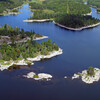
Discover The Winnipeg River
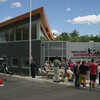
A Guide to Sunset Country Museums
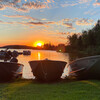
Going fishing in Ontario?
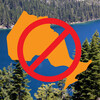
10 Reasons to Avoid Ontario

5 Amazing Sights You Can Only See By Boat
5 Essential Boreal Experiences in Ontario's Sunset Country
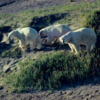
5 Obscure Facts About Northwestern Ontario: Were You Aware of These?
Outdoor Medicine

Bringing Your Pet to Canada
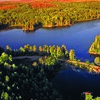
Heading Across Canada?
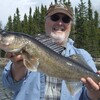
Tips for Spring Walleye Fishing

There's more than just fishing in the Red Lake Region
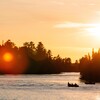
Outdoor Adventure in Ontario's Northern Paradise
Plan your trip
5 Amazing Things About Spring
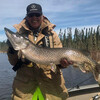
Spring Fishing for Northern Pike
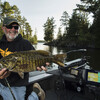
Tips from a Fishing Legend
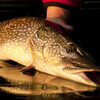
Going Fishing in Canada?
